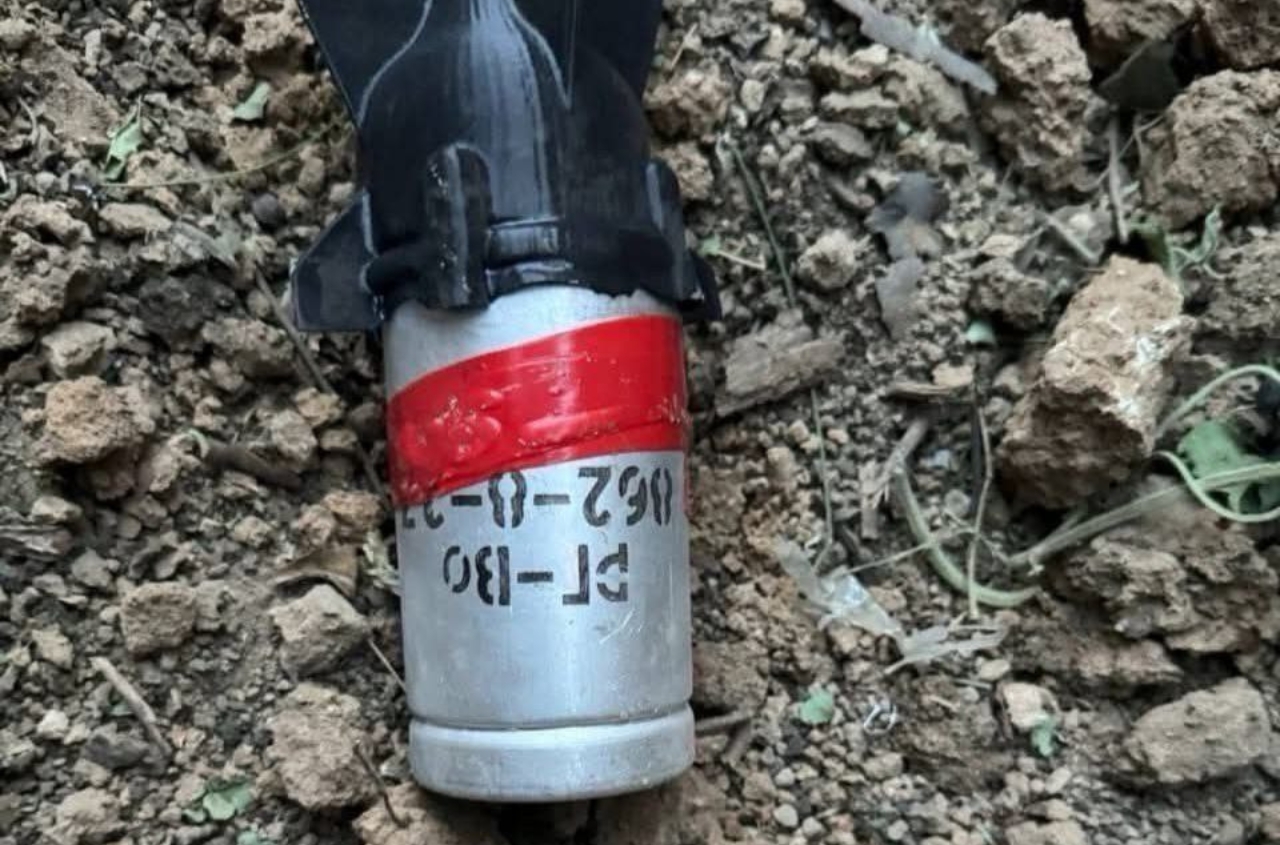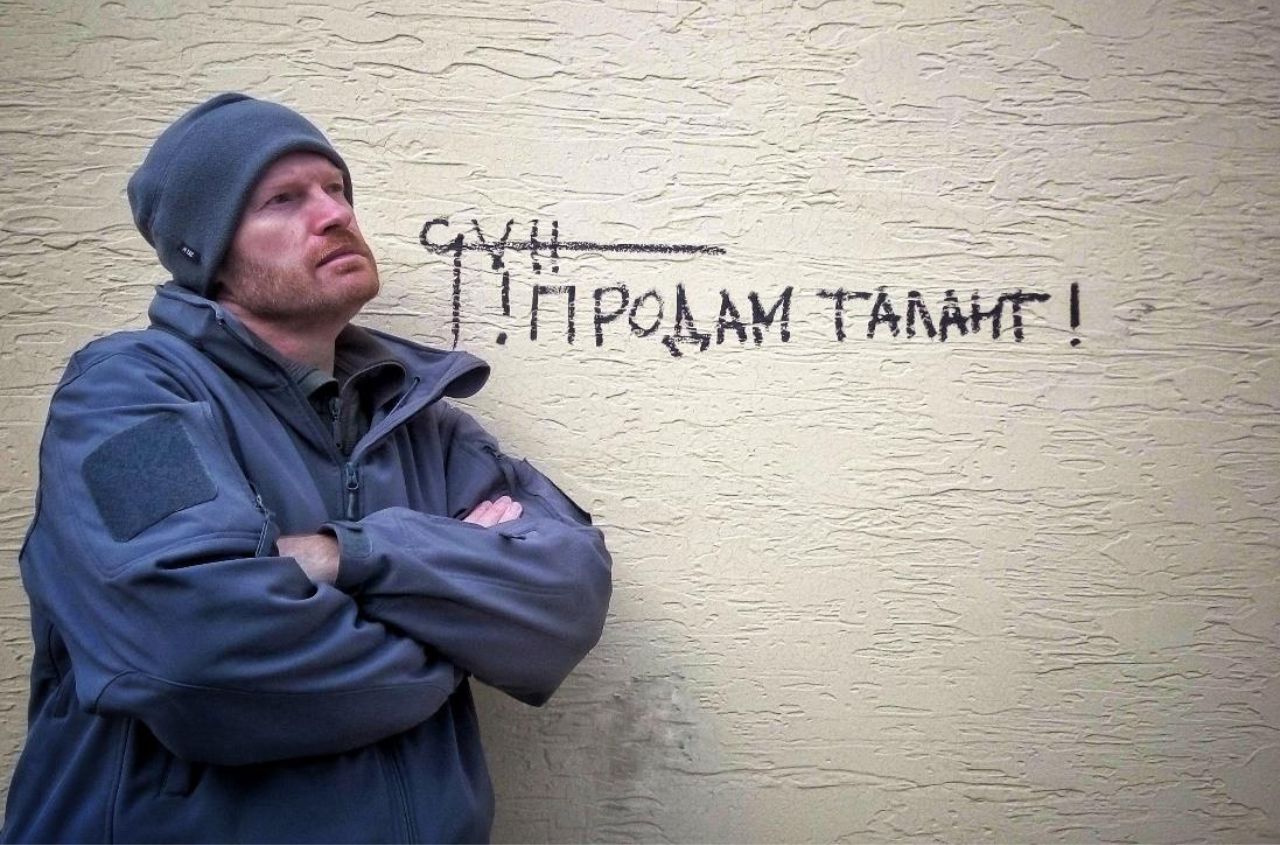The battlespace in Ukraine continues to be the center of the technological offense-defense race between Russian and Ukrainian forces.
Ukrainian Main Military Intelligence Directorate Deputy Chief Major General Vadym Skibitskyi stated on January 18 that Russian forces "learn quickly enough" and have completely adapted the Kh-101 air-launched cruise missile compared to the model that Russia used in 2022.
Skibitsky stated that new Kh-101s are equipped with an active electronic warfare system and "thermal traps" to prevent the missiles from emitting trackable heat signatures.
Skibitsky noted that Ukrainian forces need to innovate and adapt in response to Russian adaptations to "prevent the loss of territories."
The Military Intelligence Directorate assessment of Russian technological innovation in the air domain is consistent with ISW's previous observations that Russian forces are adapting their methods and means for conducting strikes on Ukraine, and that Ukraine in turn must adapt and innovate with Western support to respond to such strikes.
Moscow Duma Deputy Andrei Medvedev identified similar adaptation-response dynamics in a January 18 post where he discussed the use of drones by both Russian and Ukrainian forces.
Medvedev stated that Russia has opted for the mass production of drones, leading to the production of large numbers of drones that lack the technological adaptations needed to compete with Ukrainian drones based on battlefield experience. Medvedev noted that Ukrainian forces are constantly improving their drones and warned that constant Ukrainian innovation may eventually make Russian mass-produced drones ineffective. Medvedev's discussion of the importance of constant technological adaptation and innovation on the battlefield emphasizes ISW's assessment that Russian and Ukrainian forces are engaged in a technological and tactical offense-defense race.



















